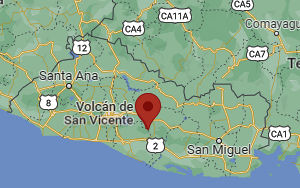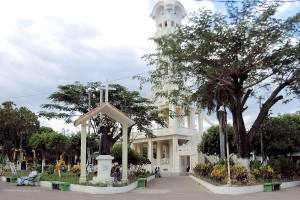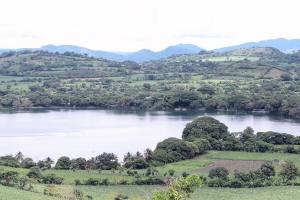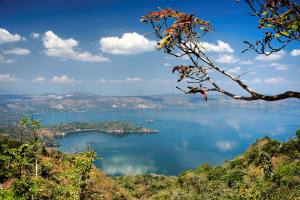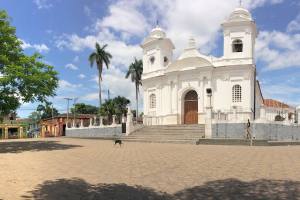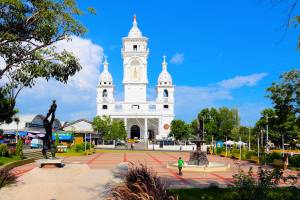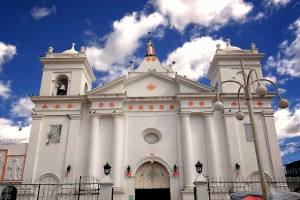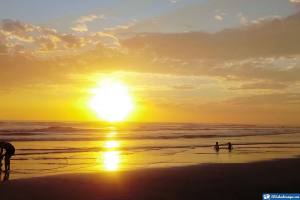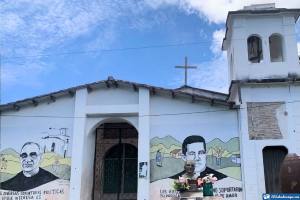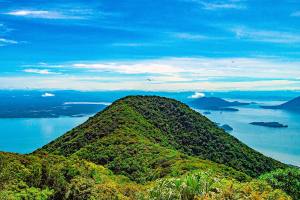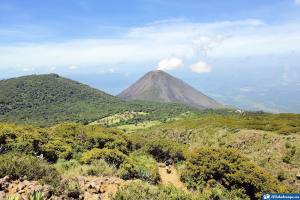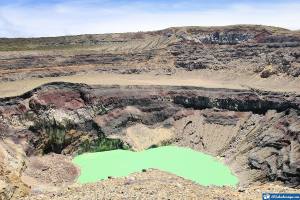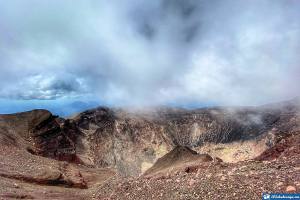If you are looking for adventure and enjoy hot waters, the destination you should choose is the Chinchontepec Volcano. Of all you can see and enjoy in El Salvador, it is one of the highest courses, with incredible biodiversity and a unique landscape.
In addition, you can learn more about the region because if you accompany a local guide, you will have the opportunity to hear incredible stories about this volcano. Best of all, you will have a unique experience that you will not forget.
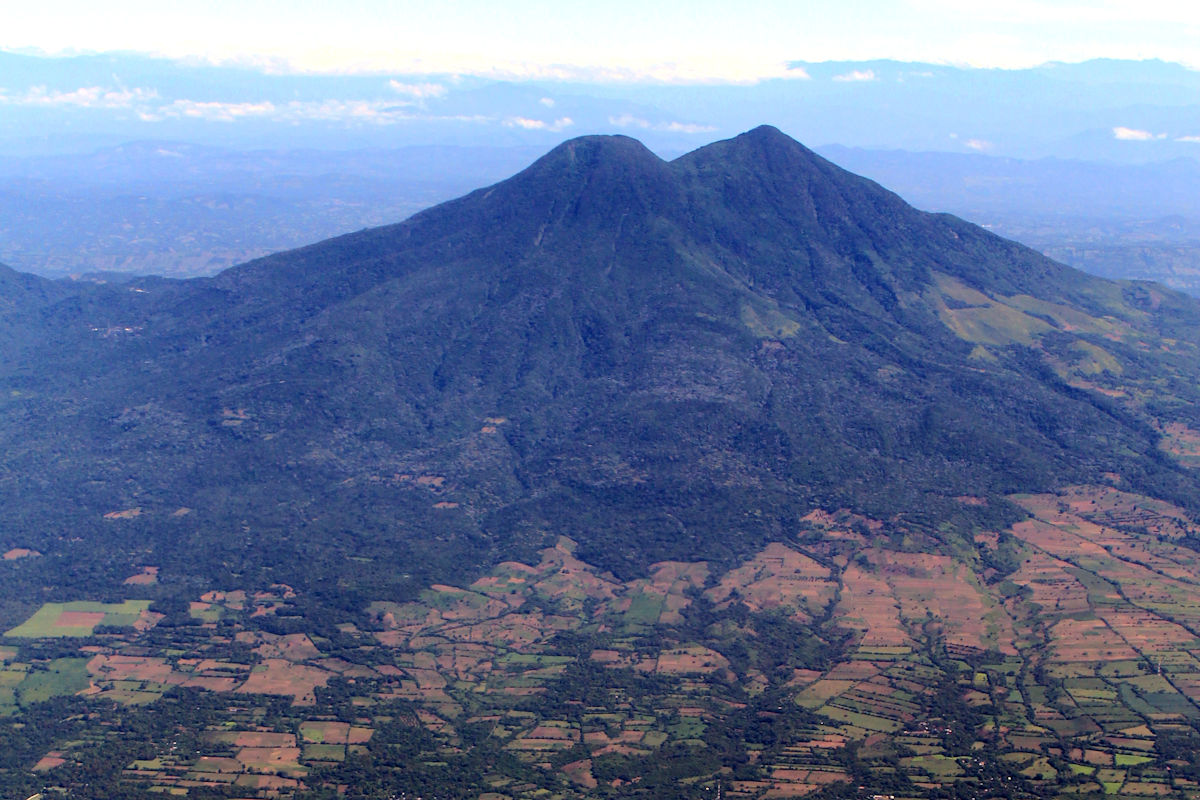
SAN VICENTE-CHINCHONTEPEC VOLCANO - Volcanoes of El Salvador. Photo by Alexander Bonilla. Flickr.
But what does the Chinchontepec Volcano have to offer that others do not? All this and more you can discover below.
San Vicente – Chinchontepec Volcano Data
| Country: | El Salvador |
|---|---|
| Department: | San Vicente |
| Category: | Volcanoes |
| Elevation: | 2.182m |
| Cordillera: | American Cordillera |
| Type: | Stratovolcano |
| Last eruption: | Unknown |
Activities we can do in the Chinchontepec Volcano
Sightseeing at the Chinchontepec Volcano involves passing through Los Infiernillos, right at the foot of the volcano. That is where the tour begins. This part of the volcano is in the canton of San Francisco Agua Agria, a park where you can enjoy an abundance of fauna and flora.
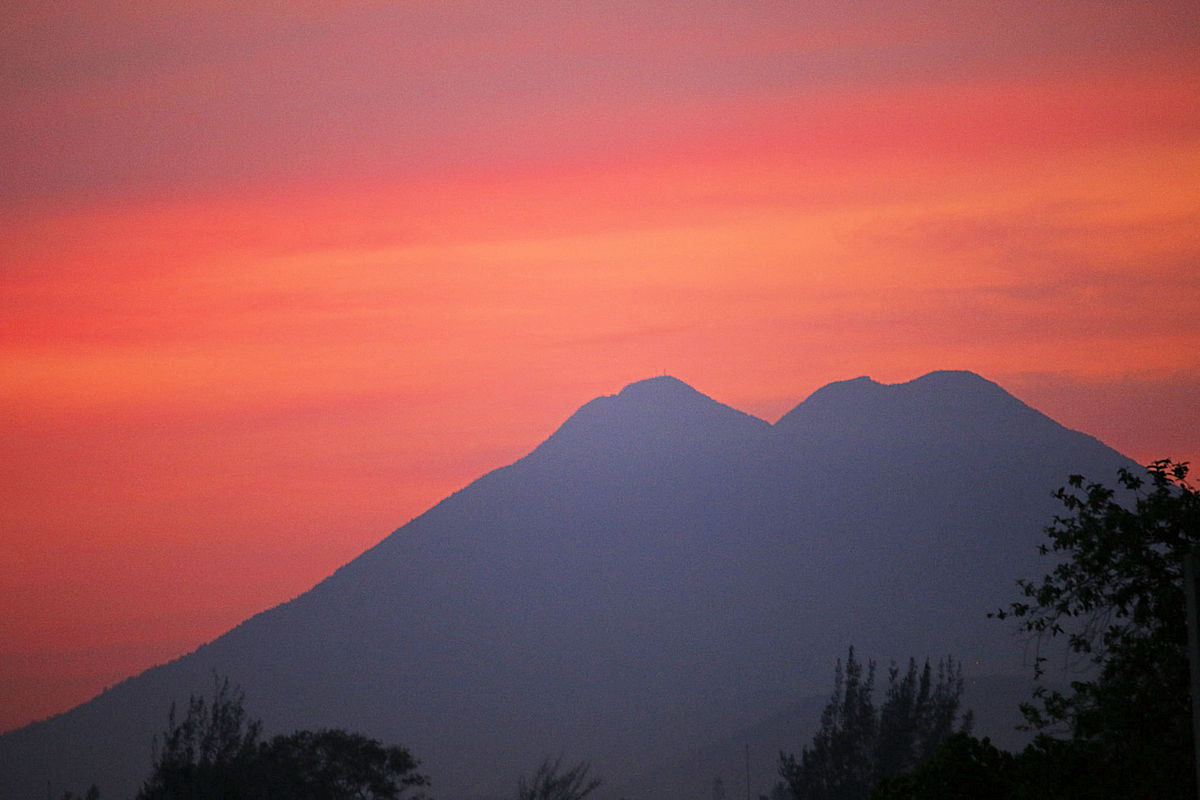
It is also highlighting its fumaroles, springs, and hot springs. Here you can make a stop before continuing your adventure or perhaps take a well-deserved bath after climbing this imposing volcano.
But what awaits you when you reach the top? You will be able to see two very particular peaks. Because of its formation, it is believed that just over a thousand years ago was its crater, and today, it is covered by soil and vegetation due to erosion.
And it is just because of its peaks that the Chinchontepec Volcano was so named by its first settlers, whose Nahuatl language means “Hill of the two tits.” On the other hand, besides hiking in the area and swimming in its healing waters, you will have the opportunity to observe the immensity of the landscape.
It is the perfect place to see the Jiboa Valley, San Vicente, and Zacatecoluca. In addition, the Estero de Jaltepeque and the Jiquilisco Bay. In short, the ideal destination if you are looking for extreme ecotourism and relaxation surrounded by nature.
Location, origin and history of the Chinchontepec Volcano
The Chinchontepec Volcano is located between two departments because of its large size and dimensions. More precisely, in Guadalupe and Tepetitán, both municipalities belonging to the Department of San Vicente, and in San Juan Nonualco and Zacatecoluca, cities of La Paz Department.
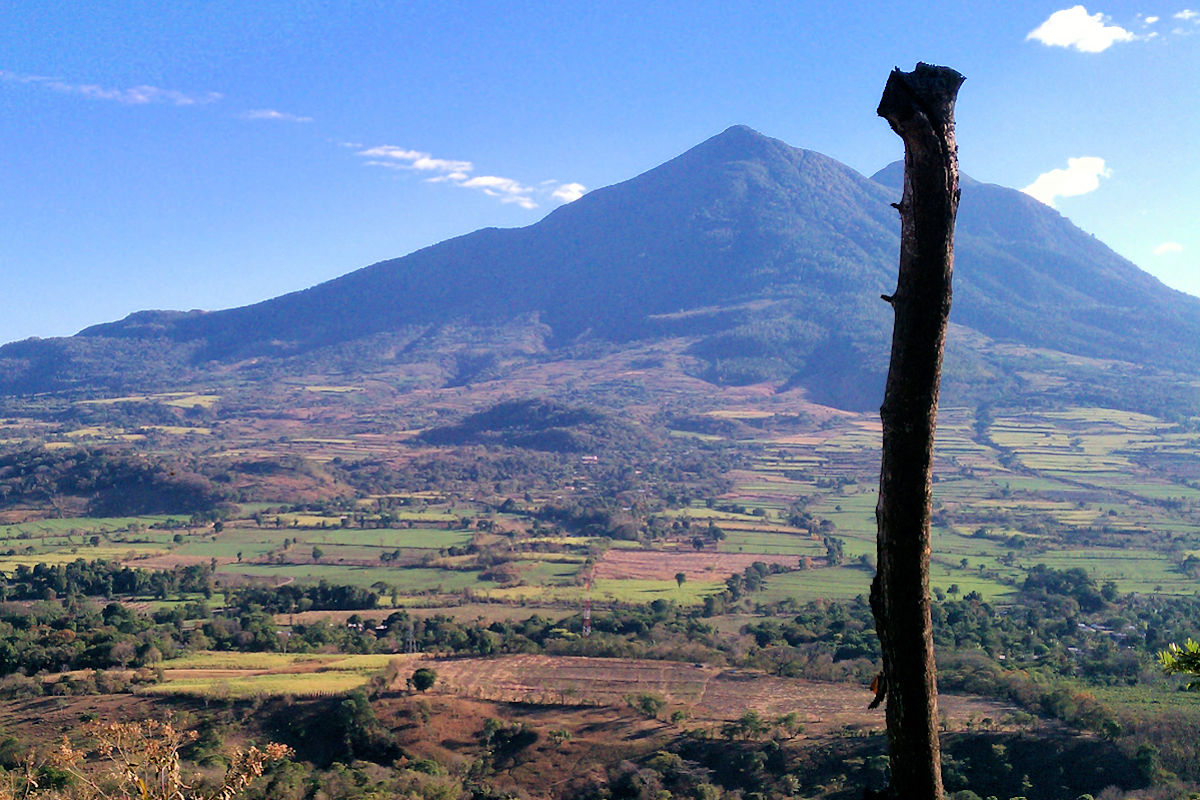
According to historical data, this volcano had its last eruption more than 1,500 years ago, so there is no factual information on such an event. On the other hand, it has two elevations, one of which is 2,173 meters above sea level and the other 2,083 meters above sea level, making it the second-highest volcano in El Salvador.
The characteristics of this colossus are unique because although it has centuries of inactivity, thermal springs are recognized for their incredible health benefits on its slopes. These are known as Los Infiernillos, the region’s main attraction of Ecotourism Park.
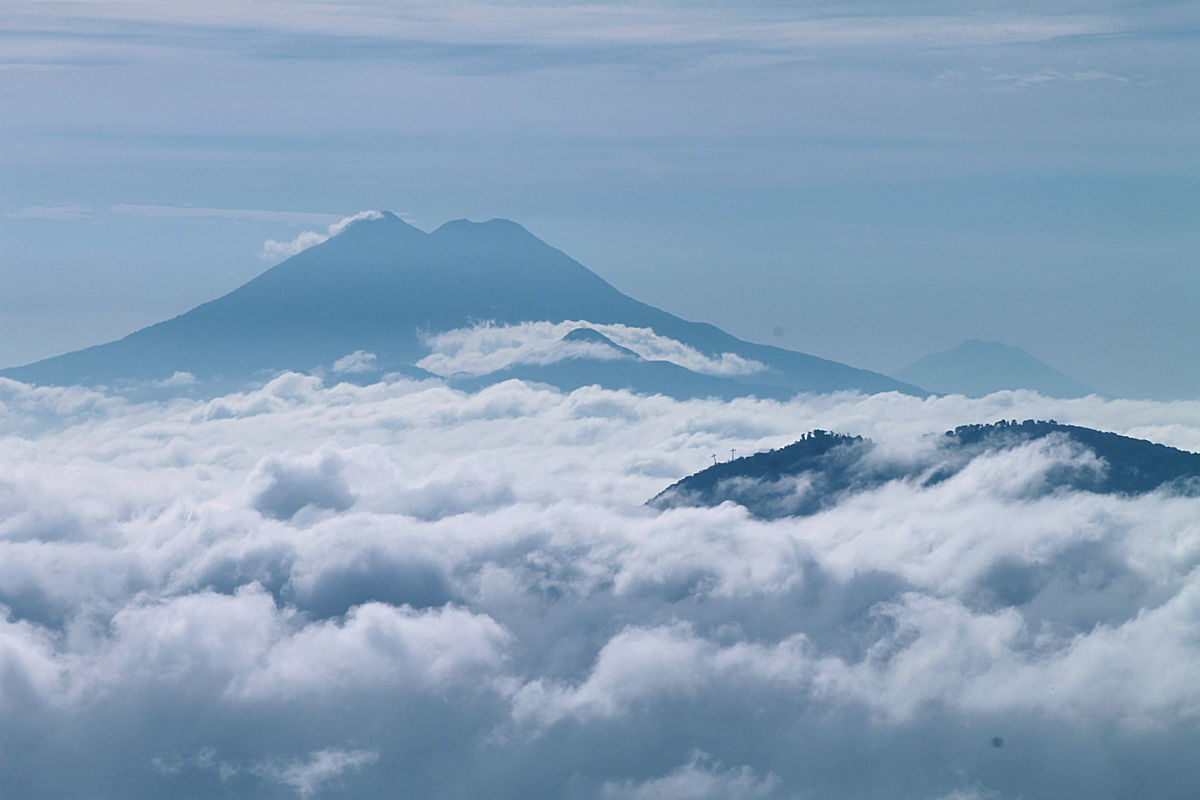
Finally, over the years, the Chinchontepec Volcano has received different names. For example, Iztepe or Iztepeque during the sixteenth century. Zacatecoluca in the XVII century and the most recent in the XVIII century, San Vicente.
Climate, flora and fauna
The climate in Chinchontepec Volcano is humid and temperate, with temperatures that vary according to the season and altitude. Annual temperatures range between 23°C and 25°C and can drop to more than 22°C with rainfall of up to 2,400 mm.
These climatic conditions result in a flora characteristic of coniferous and oak forests, with a significant presence of pastures and optimal land for agricultural production. As for the fauna, it is also varied and by far rich in wildlife.
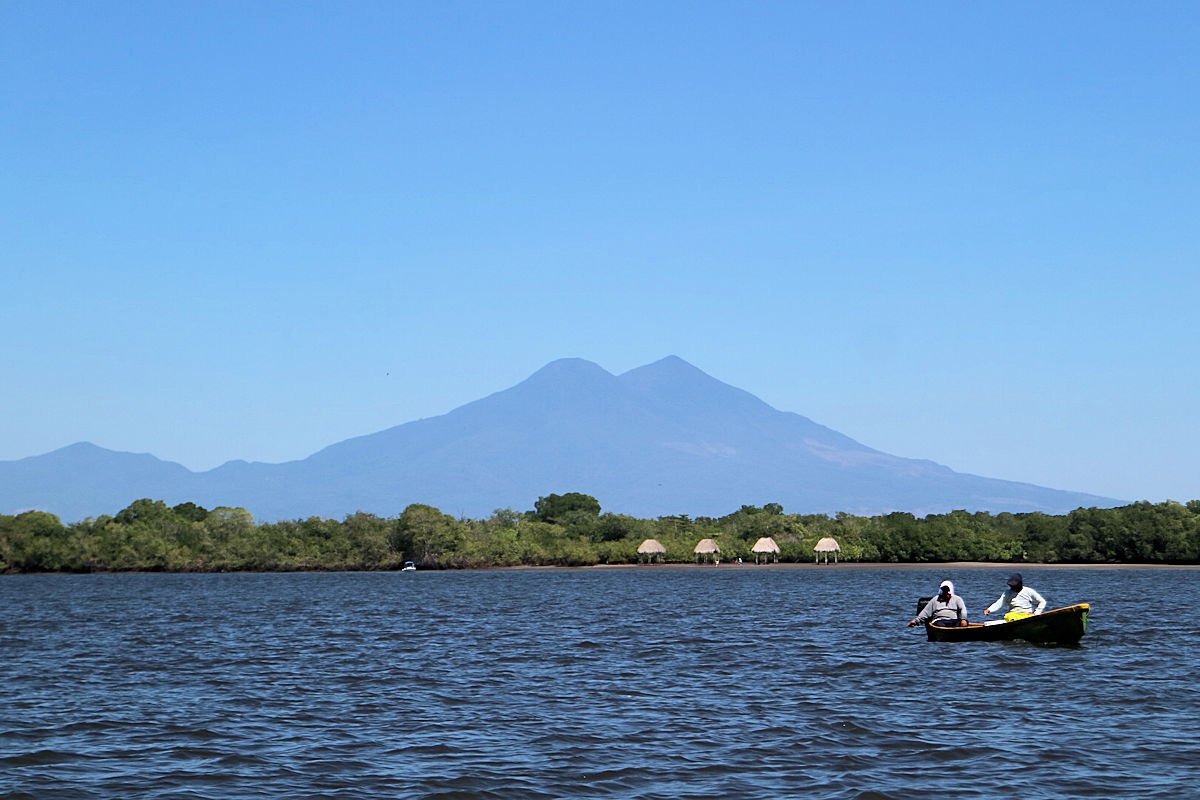
You can find mammals, felines, ruminants, reptiles, and birds here. Among them are different species of monkeys, such as the Central American spider monkey, as well as jaguars, opossums, snakes, eagles, owls, and king vultures.
Recommendations for your visit
- The volcano is located within a military area, so you must request a permit to enter the facilities.
- The tour consists of trails and dangerous slopes. Therefore you must contact the tourist police to request a guide for the entire tour, as they are the only ones authorized to accompany tourists during that time.
- You should wear comfortable clothes and shoes to make your tour more enjoyable.
- Don’t forget to bring a hat, sunglasses, sunscreen and plenty of water.
- Bring a camera. You can take beautiful shots of the Salvadoran landscape.
Nearby places to visit
Undoubtedly, there is no better place to enjoy nature than the Chinchontepec Volcano in El Salvador. But if, in addition to visiting this monumental summit and enjoying its thermal waters, you want to know other places for sightseeing, these are the Giralda Vicentina and the Amapulapa Water Park.
The Giralda de San Vicente is a tower of more than 40 meters from where you can observe the city’s surroundings. As for the Amapulapa, you can enjoy different pools and the best for all ages.
Now, if you prefer other routes where you can hike in San Vicente, those are the Volcancito Brujo, Las Flores in San Lorenzo, and San Ildefonso in San Pedro. You can be sure that you will have an experience you will never forget.
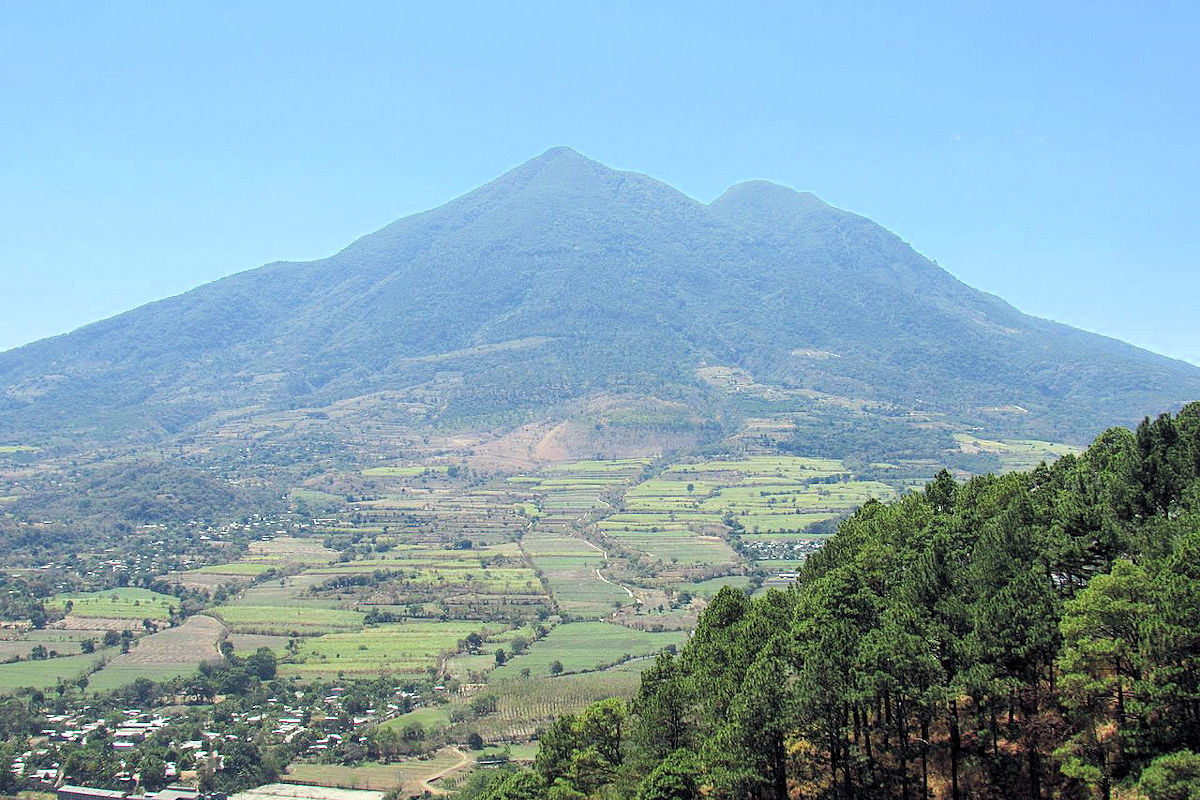
Finally, something essential in your tour is to know all the gastronomic richness of San Vicente. Throughout the city, you will find restaurants where you can taste traditional dishes and sweets for all tastes.
If you want something more exclusive, you can also find restaurants that offer international menus. So you won’t have anything to worry about, except having a great experience in this Salvadoran land. Adventure, history, culture, and gastronomy are just a small sample of the tourist attractions you will find in San Vicente.
